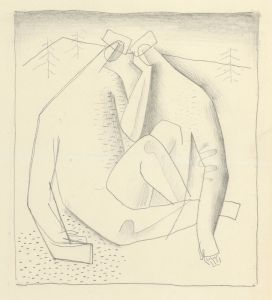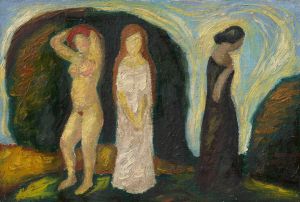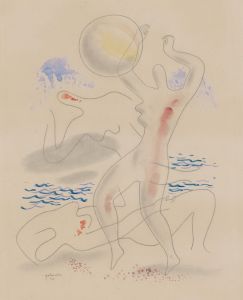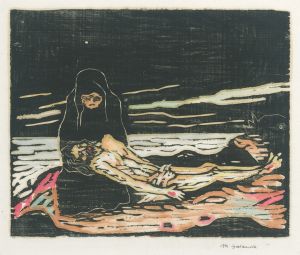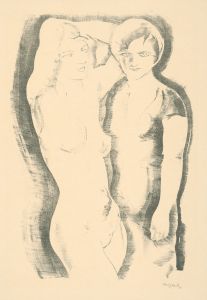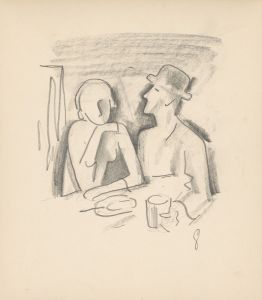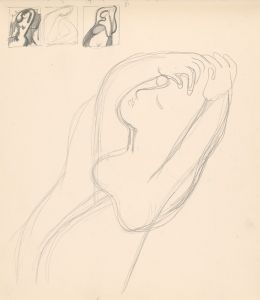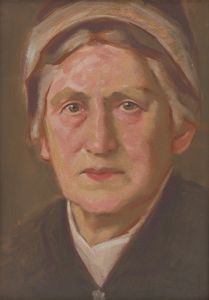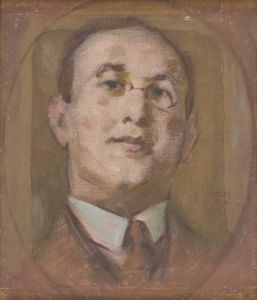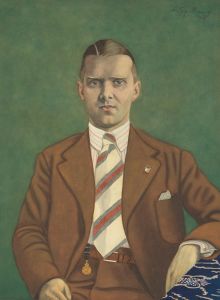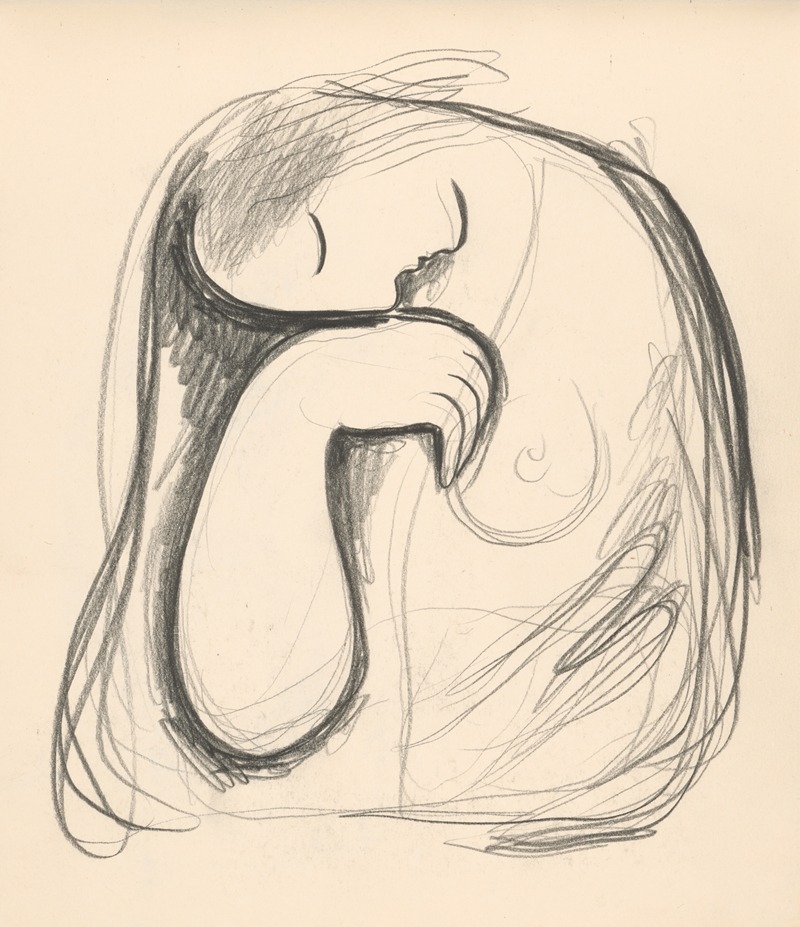
Žena so sklonenou hlavou
A hand-painted replica of Mikuláš Galanda’s masterpiece Žena so sklonenou hlavou, meticulously crafted by professional artists to capture the true essence of the original. Each piece is created with museum-quality canvas and rare mineral pigments, carefully painted by experienced artists with delicate brushstrokes and rich, layered colors to perfectly recreate the texture of the original artwork. Unlike machine-printed reproductions, this hand-painted version brings the painting to life, infused with the artist’s emotions and skill in every stroke. Whether for personal collection or home decoration, it instantly elevates the artistic atmosphere of any space.
Mikuláš Galanda was a prominent Slovak painter, illustrator, and graphic artist, known for his significant contributions to modern Slovak art in the early 20th century. One of his notable works is the painting "Žena so sklonenou hlavou" (Woman with Bowed Head). This piece exemplifies Galanda's unique style, which often combined elements of modernism with traditional Slovak themes.
Galanda was born on May 4, 1895, in Turčianske Teplice, then part of the Austro-Hungarian Empire. He studied at the Academy of Fine Arts in Budapest and later at the Academy of Fine Arts in Prague, where he was influenced by the avant-garde movements of the time. His work is characterized by a synthesis of modernist techniques and a deep connection to Slovak folk art and culture.
"Žena so sklonenou hlavou" is a reflection of Galanda's interest in the human form and his ability to convey emotion through simplicity and abstraction. The painting depicts a woman with her head bowed, a pose that suggests introspection or melancholy. Galanda's use of color and form in this work is typical of his style, which often features muted tones and soft, flowing lines. These elements work together to create a sense of calm and contemplation.
Throughout his career, Galanda was part of a movement known as the "Galanda Group," which he co-founded with fellow artist Ľudovít Fulla. This group aimed to promote modern art in Slovakia and was instrumental in the development of Slovak modernism. Galanda's work, including "Žena so sklonenou hlavou," played a crucial role in this cultural movement, helping to establish a distinct Slovak identity within the broader context of European modernism.
Galanda's art was not only about aesthetic exploration but also about cultural expression. He sought to capture the essence of Slovak life and identity, often drawing inspiration from the rural landscapes and traditional customs of his homeland. This focus on national themes was particularly significant during a time when Slovakia was seeking to assert its cultural identity within the newly formed Czechoslovakia.
"Žena so sklonenou hlavou" is an example of how Galanda's work transcends mere representation to evoke deeper emotional and cultural resonances. The painting's simplicity belies its complexity, as it invites viewers to ponder the inner life of its subject and the broader cultural context in which it was created.
Mikuláš Galanda's legacy is evident in the continued appreciation of his work, both in Slovakia and internationally. His paintings, including "Žena so sklonenou hlavou," are celebrated for their innovative approach and their ability to convey profound emotion and cultural significance. Galanda passed away on June 5, 1938, but his influence on Slovak art endures, as he remains a key figure in the history of modern art in Slovakia.
In summary, "Žena so sklonenou hlavou" by Mikuláš Galanda is a significant work that reflects the artist's modernist approach and his dedication to expressing Slovak cultural identity. Through its evocative portrayal of a woman in a moment of introspection, the painting captures the essence of Galanda's artistic vision and his contribution to the development of modern Slovak art.







